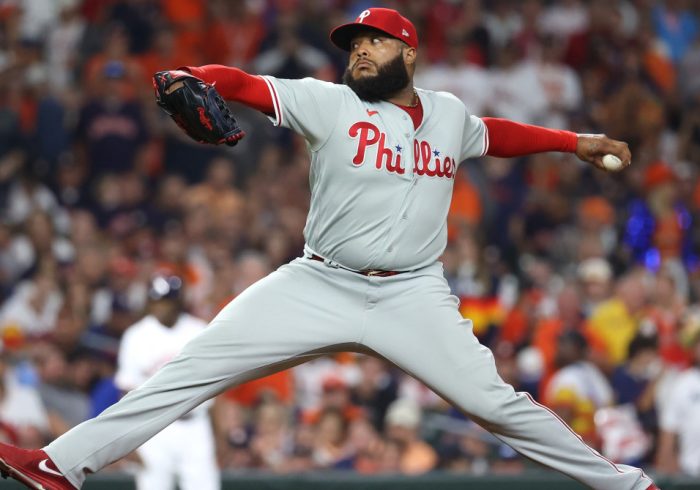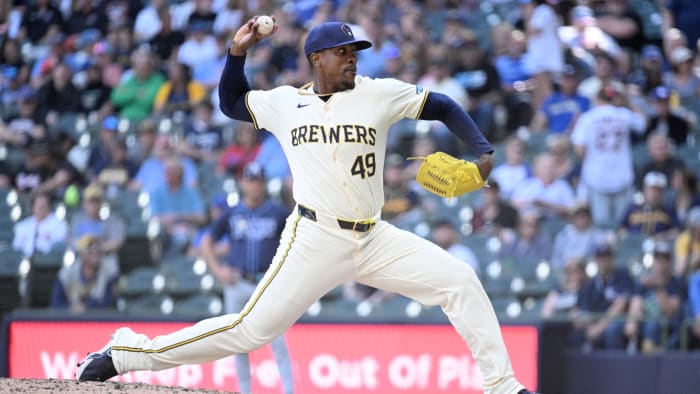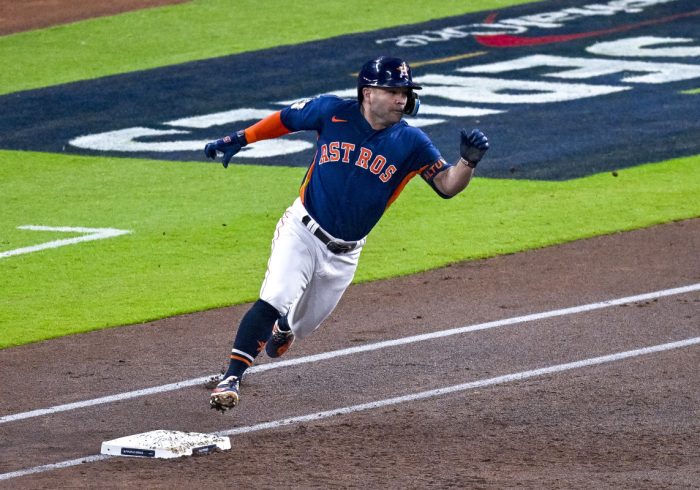Philadelphia Phillies shortstop Trea Turner was placed on the 10-day injured list Saturday with a left hamstring strain, but he’ll likely be out much longer than that.
Turner told reporters in Philadelphia that he expects to be out for about six weeks.
If that projected timeline holds up, Turner would miss around 30 games and be able to return sometime around June 15.
Turner picked up the injury in the fourth inning of the Phillies’ 4–3 win over the San Francisco Giants on Friday night. After a pitch glanced off Giants catcher Tom Murphy’s glove, Turner showed off his incredible speed by scoring from second base on a passed ball. But he told reporters that he felt something in his left hamstring a few steps before crossing home plate.
Turner was replaced at shortstop by Edmundo Sosa in the top of the fifth.
It will be tough sledding for the Phillies (22–11) without Turner in the lineup. The 30-year-old is batting .343/.392/.460 with 10 doubles and 10 stolen bases in 33 games this season.
To take Turner’s place on the 26-man roster, the Phillies recalled infielder Kody Clemens from the Triple A Lehigh Valley IronPigs.





